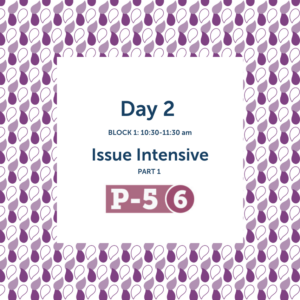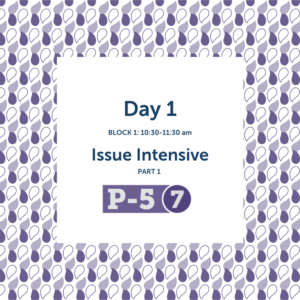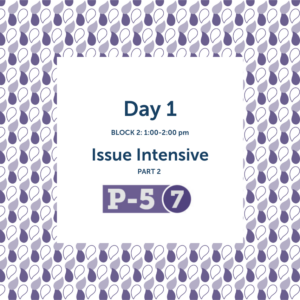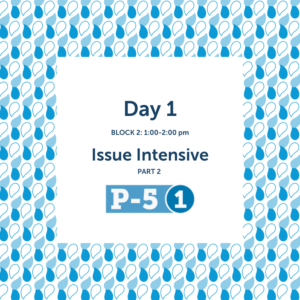II-B1, Part 1: Practicing Reflection as an Act of Rebellion, Liberation and Power: Listening one year after the BIPOC Community of Leaders in Reflective Practice
Seventy-three Black, Indigenous, and people of color (BIPOC) early childhood providers participated in a journey of self-awareness, radical healing and collective liberation in reflective practice. After 1-year, they shared the impact, barriers and hopes for practice and policy change. We invite you to explore our roles in promoting or dismantling barriers experienced by BIPOC providers.






